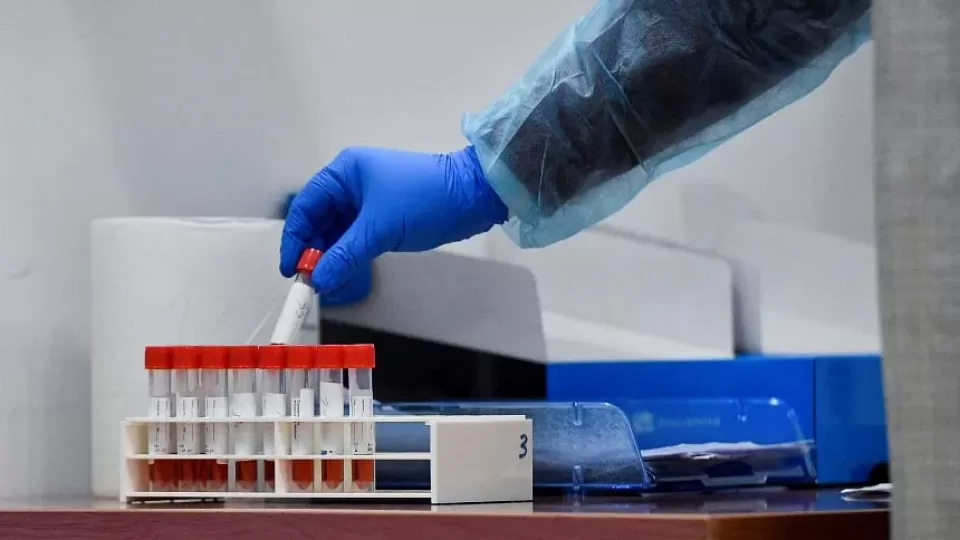January 10, 2023
SINGAPORE – China resumed outbound leisure travel from Sunday, and removed quarantine requirements for returning travellers.
In reaction, some countries are conducting polymerase chain reaction (PCR) tests on travellers from China after arrival. In Parliament on Monday, Health Minister Ong Ye Kung shed light on Singapore’s plans for such tests.
Q: Why is Singapore not requiring on-arrival PCR tests for travellers from China?
A: A shortcoming of any on-arrival tests is that they are too late, because the travellers are already within Singapore’s borders, said Mr Ong.
Further, PCR tests are sensitive and are bound to yield many positive cases from countries that are experiencing a big wave, he said.
Even recovered travellers will shed dead viral fragments for quite a while. Singapore, therefore, did not consider doing this, as it would merely confirm what is already known and expected, he added.
Q: Why isn’t Singapore monitoring the wastewater from flights arriving from China for Covid-19?
A: Wastewater tests are best done on residential premises such as dorms and housing estates, because viral fragments can be detected only from solid waste, said Mr Ong.
Therefore, the sample capture from plane toilets for a relatively short-duration flight from China is likely to be very small and of limited use, he said.
Q: Why are we not imposing a pre-departure test (PDT) for Covid-19 for travellers from China?
A: Travellers have to be either fully vaccinated, based on the World Health Organisation’s definition, or produce a negative PDT result before heading to Singapore.
PDTs for Covid-19 can be useful because it will sieve out Covid-19-positive passengers, prevent them from boarding the plane, reduce the number of imported infections and hence, severe cases, which will lower the burden on hospitals, Mr Ong said.
However, travel volume between Singapore and China is already low – currently less than 10 per cent of pre-Covid-19 norms – he said.
This already limits the number of imported infections, more so than imposing a blanket PDT requirement on all travellers from China, he added.
Mr Ong also said that if Singapore imposes PDTs on all travellers from China, it raises the question about how travellers from other regions that are responsible for more infections and severe cases should be regulated.
“Further, by triggering PDT on travellers from one part of the world experiencing high infection numbers, are we contributing to an international precedent of imposing tests on travellers from countries experiencing an infection wave?”
Conversely, it will raise the issue of how other countries will treat travellers from Singapore when it encounters another infection wave, he added.
Instead of imposing blanket PDTs specifically on travellers from one region, Singapore decided that it should encourage adequate vaccination for all the travellers coming to Singapore from all parts of the world, said Mr Ong.
This directly reduces the risk of importing severe cases and protects our hospital system, he added.


